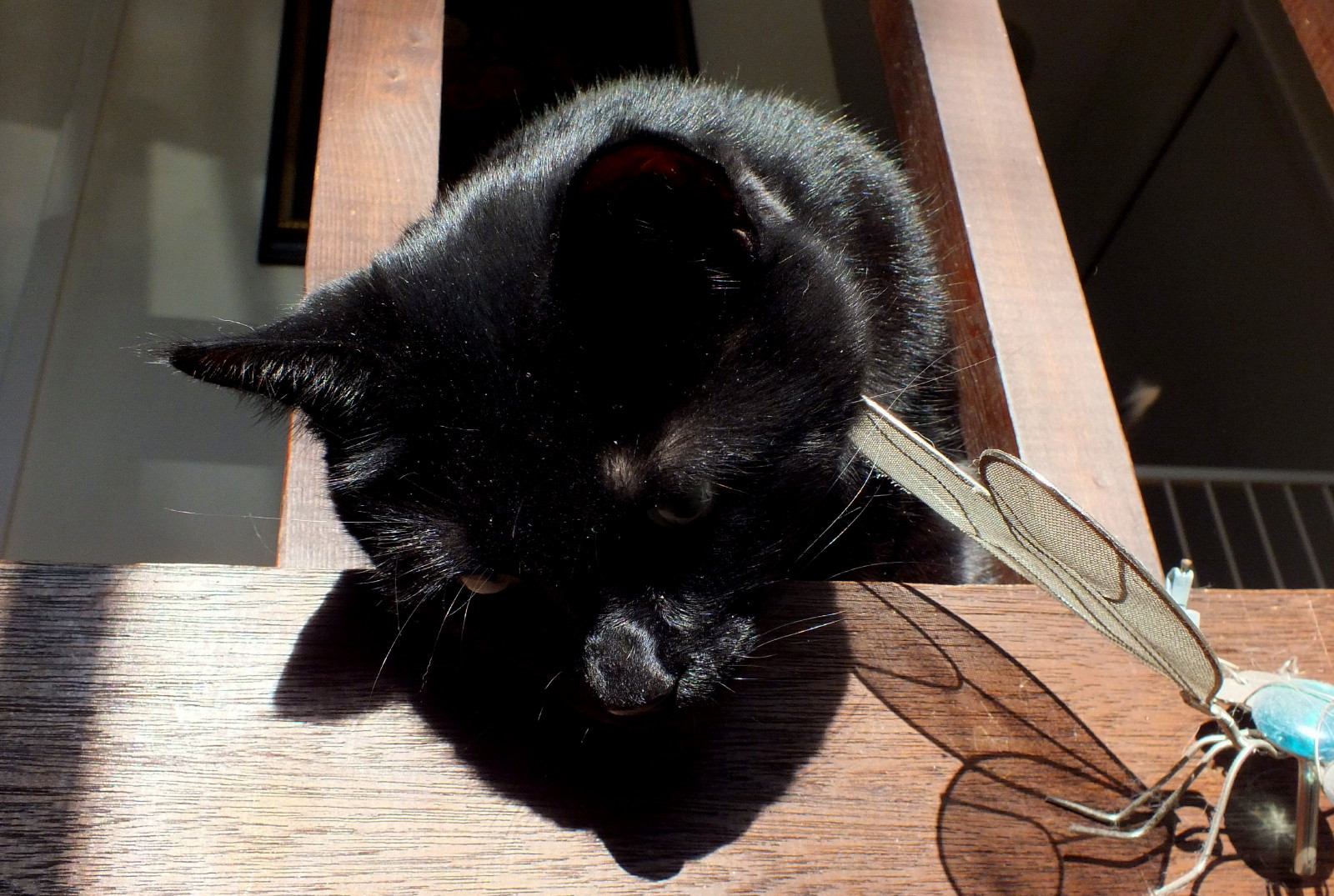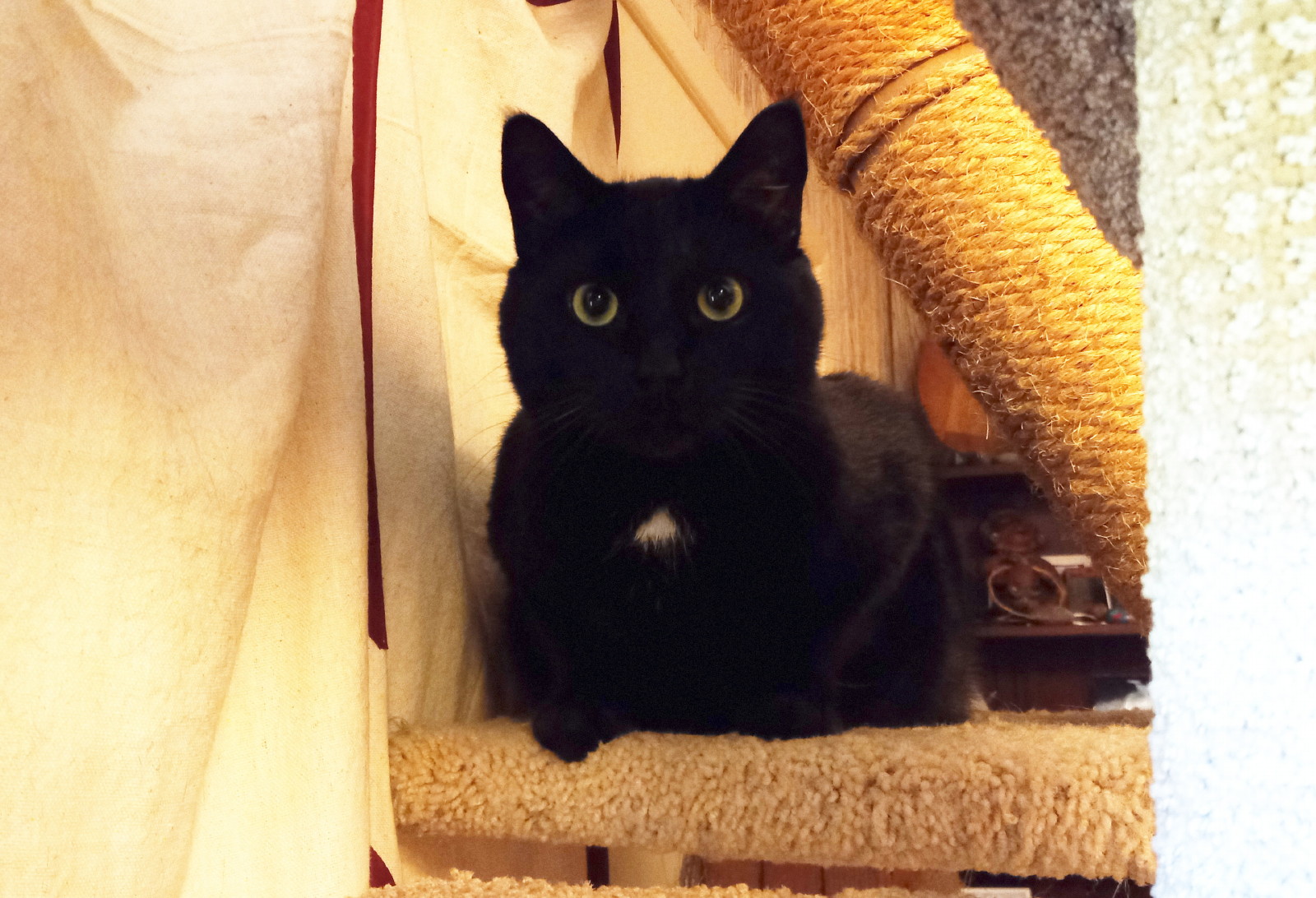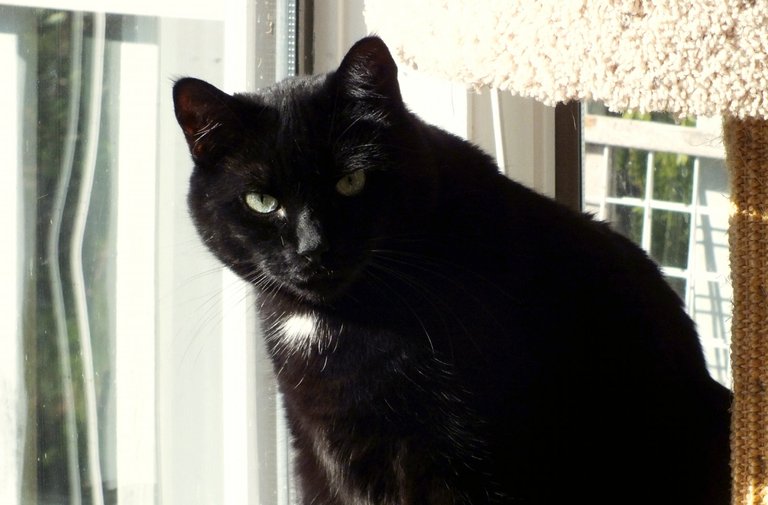Building with Second Layer Hive-Engine Tokens: Value and the Liquidity Problem
As part of my ongoing wealth building efforts, I am often looking at Hive's "2nd layer" communities, and what they have to offer.

Looking from every possible angle!
For me, they are often a great way to supplement what we do on Hive proper, while allowing people to be part of interest specific communities where you can make yourself a bit of a "home base."
Of course, we have lots of choices!
As I write these words, I have somewhat more than 20 bookmarks for actual individual front ends to Hive, each associated with its own community; each with its own Hive-Engine token.
That's a LOT to stay on top of...
Add to that that I am very much a part timer with this little experiment, so I don't have time to pursue everything that sounds interesting... I have to be somewhat picky.

Considering the VALUE of Investments
One of the situations that often become an issue with Hive-Engine communities is what I think of as the level of granularity.
Whereas it is definitely a great thing that people can create communities and have their own tokens and their own tokenomics there's also — functionally speaking — such a thing as getting spread too thin.
One of the "metrics" I like to look at — and seriously evaluate, before getting involved — is liquidity of the associated tokens.
Sure, you can build what might seems like a nice balance of some promising token... but what good is that collection of tokens if the daily trading volume is just a couple of dollars?
There you are, with your $500 worth of tokens, and the entire order book doesn't even cover 10% of your holdings. It would take you several years to unload your stash... Ultimately, in order for an investment to be considered "serious" in my book, you ultimately have to be able to sell it again, at some point.

Horrible "Spreads" on Low Volume Tokens!
One of the things I often see on thinly traded tokens is outrageously wide gaps between the sell and offer prices.
Once again, what is your investment really "worth" if the offer price is $0.04 and the sell price is $0.20?
Conventional wisdom on market making dictates that "market price" is the point at which a willing buyer and a willing seller come together... but that's predicated on there actually being some people who want to buy and sell!
There are over 900 token listings on Hive-Engine... which sounds like a lot of options! But what's beneath the surface?
You Are Not as Popular as You THINK!
But if you remove everthing built around the Splinterlands game, along with all the Hive-Engine equivalents of large external cryptocurrencies (BTC, LTC, BNB, etc)... you're actually left with not so much.
And fewer than a dozen of the remains have daily trade volumes of even $10.00 USD.
Indeed, we may have many choices, but how many of them are actually meaningful in terms of trying to build a small investment portfolio? When I look out across that particular landscape, I'm being fairly particular... and limiting my choices!
Which is not to say that some of the lesser known options won't find the light of day at SOME point, if their makers find a way to create more energy, activity and visibility!
The whole Layer Two idea is a great one, but I think we still have a very long way to go.
But that's OK... I'm a very patient cat!
=^..^=
Posted using Proof of Brain


I do a secrets of hive class.whrre.i teach the begining trading of our community tokens. And decentralized trading and investing.
The thing you need to watch for is volume. If there is no volume large spreads isn't going to mean a thing if people don't use it.
More volume means less spread.
And finding the interest rates where it's published.
My point, precisely! And when you remove anything related to Splinterlands and and external cryptos from other blockchains, there's not a whole lot of serious volume left. Layer two still has a long way to go!
=^..^=
Posted using Proof of Brain
You can make.your own pools! That's cool.as.all.get.out.
And cent is pretty awesome and Leo.